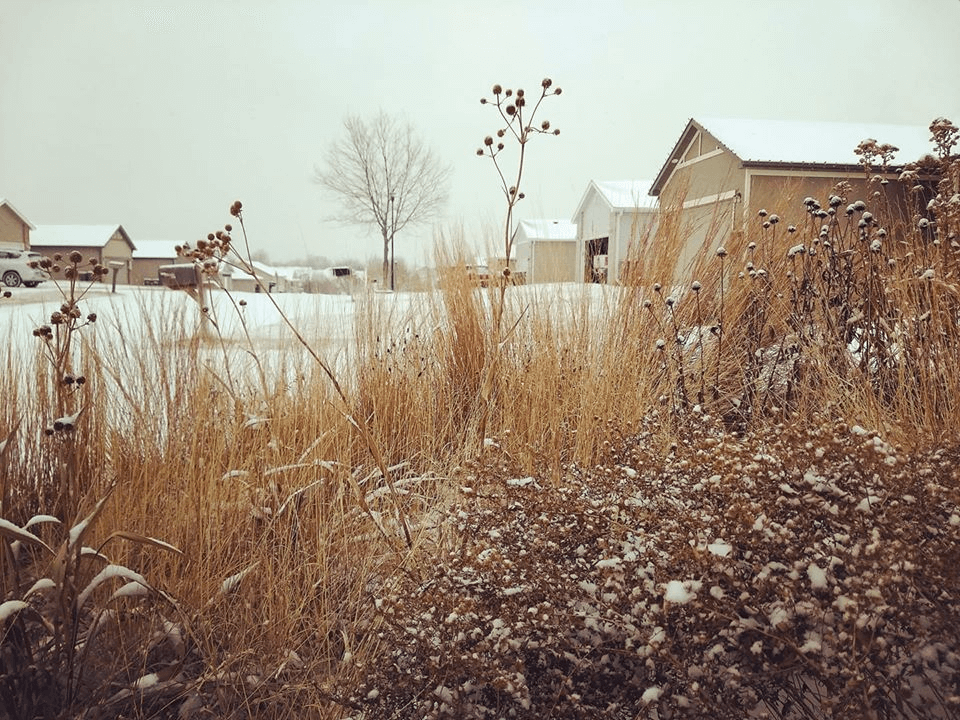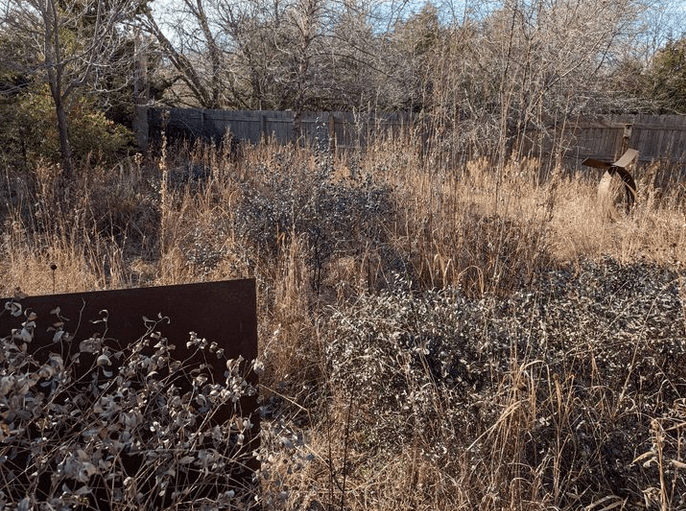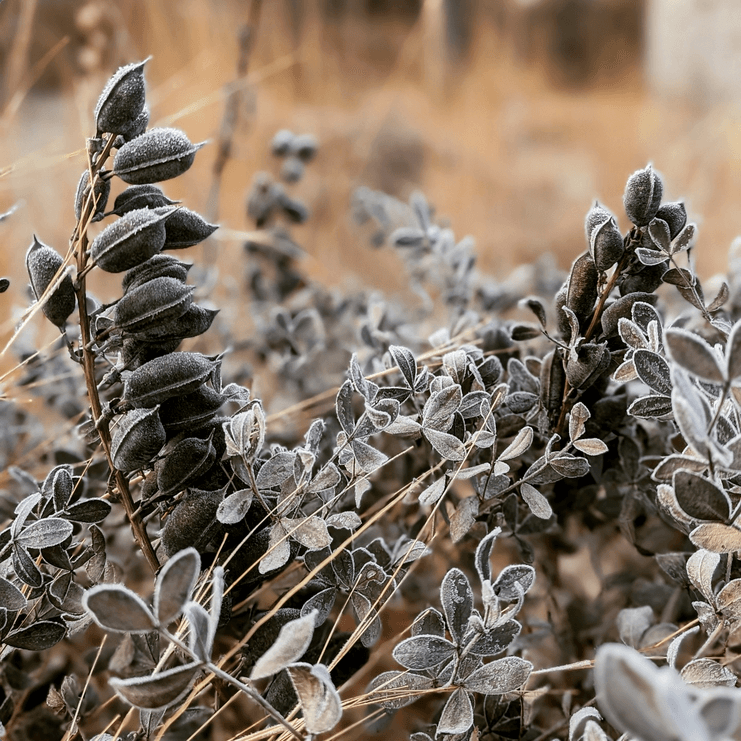
On Home Affordability, Poverty, and Unlawning America
I don’t know who that Michael Green financial analyst guy is who looked at one county in NJ to state
Sometimes we might think a garden left standing over winter isn’t as pretty, even though we know the ecosystem value of leaving plants alone. There are some valid reasons for this aesthetic reality, especially in more traditional beds:
1) A lack of layers, specifically grasses. Seeing just leftover stems, denuded of leaf and bloom, is more jarring than the same stems emerging from softer bases of bunchgrasses. Think about many Liatris species, or even Echinacea (although they do have lovely heads in winter). Bonus: more layers = more ecosystem services.
In “traditional” gardens around homes and businesses, foundation beds are often too thin, not deep enough to fit the scale of the home or to create a resilient plant community. Plus, we tend to place plants as specimens marooned from one another in seas of mulch. Let the plants touch and overlap and collide in summer and we will be rewarded with more beauty, texture, structure, habitat, and ecosystem function (blocking cold winds, reducing urban flooding even in winter, food for winter birds, shelter for overwintering bees, etc).

2) You need more brown. Specifically, more variation in brown hues — because brown is a color, too! Darks and tans, golds and rusts, blacks and creams. We can get these from desiccated foliage, stems, seed heads, and bracts.
This extends into the idea that fall color is not just in woody plants like shrubs and trees. All of our herbaceous perennials and grasses turn incredible shades of gold, red, orange, and more. When we start to see that reality, the winter reality soon follows — that these sames plants offer something in winter, too, just like deciduous trees with their bark and stems and shape or those that hang on to leaves until spring. Sometimes the echo is as powerful as the voice.

3) Add some texture and contrast via cues to care. Think along the lines of boulders, arbors, benches, paths, and sculptures. When a natural garden lacks cues to care to welcome humans and show intention, it’s not just a growing season issue on the aesthetic side of the equation.
If our gardens are just plants — especially as those gardens get larger — then we are missing out on a variety of experiences within the garden to interact with and learn the landscape. One stone or bench or piece of art can make so much difference, just don’t overdo it. These objects add color and texture as well as invite us into the space visually and physically. Tell me you don’t like a good stone wall or even an artistic bird feeder. And the way snow or frost settles and build on plants can be incredibly moving, if not downright sexy.

You don’t necessarily have to be a rocket scientist or professional designer or have read ten books to do the above, although it can sometimes help! Look to nature around you, to the place you find beautiful in all seasons or have some resonance with — why is that, what’s going on? Likely there is diversity and density, surprises in the landscape so that every time you return or look from another angle you see or experience something new. Don’t settle for just a few plant species, or rows of plants, or plants spaced far apart. Build the layers, build the community, build the resilience and everything else we desire a garden to be — especially an aesthetic delight — will naturally follow as you garden locally with native plants evolved to thrive with one another.


I don’t know who that Michael Green financial analyst guy is who looked at one county in NJ to state

Oh that’s a cool plant, stiff goldenrod, Oligoneuron rigidum. I wonder if that would work in my garden. Maybe it’s
